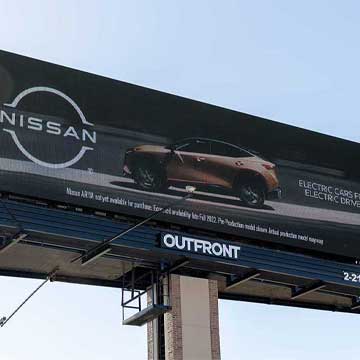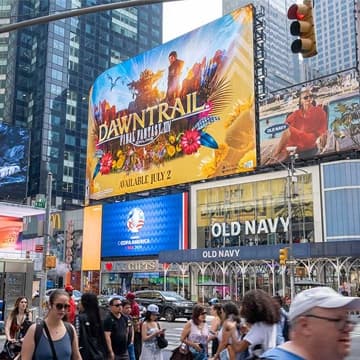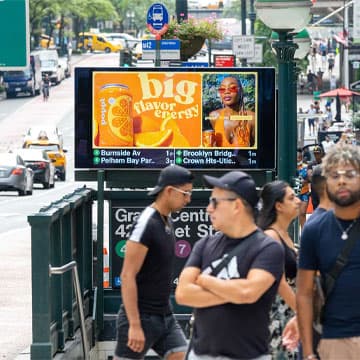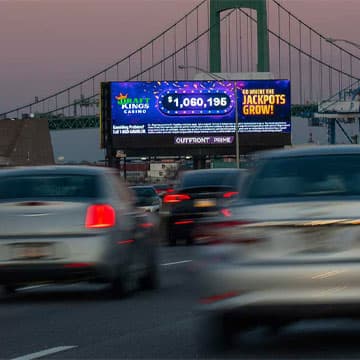
OOH FAQ: Programmatic Digital Out of Home
April 17, 2025
If you work for an agency or as a brand marketer, it’s likely that you eat, breathe, and sleep programmatic. But imagine you’re a small business owner dipping your toe in for the first time – DSP, SSP, PMP, RTB, OMG! You can see how it might be intimidating.
But programmatic advertising is well worth the learning curve, as it allows advertisers to reach their intended audience with precision, flexibility, and efficiency. That’s why we decided to demystify the subject with the latest edition of our OOH FAQ series, this one all about programmatic digital out of home!
What is programmatic digital out of home, exactly?
It’s digital out of home advertising, bought programmatically!
That was exact… but not exactly helpful. What is programmatic buying?
In simplest terms, programmatic is an automated way to purchase digital media using auction-based mechanics on web-based platforms. It’s the way the majority of digital ads of all kinds are bought and sold these days – including around 70% of CTV and nearly 90% of digital display. As for programmatic DOOH, it’s increasing its slice of the pie, seeing 34.4% year-over-year growth in 2024 (SOURCES: Dentsu, eMarketer).
.jpg)
Automation? Auctions? Now we’re talking! How does programmatic DOOH buying work?
First, let’s introduce the players. Media owners like OUTFRONT work with SSPs, or supply-side platforms, to sell programmatic inventory, while advertisers and agencies work with DSPs, or demand-side platforms, to buy it.
Here’s how it works. As digital ads flip on our programmatic screens, whenever there’s an opening we contact our SSP partners, let them know about the availability, and request an ad to fill the slot. The SSP then alerts the DSP, which identifies advertisers who may be interested. Those advertisers then bid on the space, which is auctioned off in real time by the SSP. Whichever advertiser wins the auction, their ad is then served on the screen.
This whole process takes less time than the blink of an eye – about 100 milliseconds (SOURCE: Publift). And you thought real-life auctions were fast-paced!
So how do I buy DOOH through a DSP? How does the DSP know which programmatic media I might be interested in?
Through the DSP, buyers of programmatic DOOH can set the campaign parameters defining what types of ad space they’d like to buy. Those parameters can include location, calendar, time of day, audience, venue type, and media format. Media buyers can also specify how much they’d like to spend, and which version of the ad creative should be deployed on any given screen in any given moment. (But more on that later.)
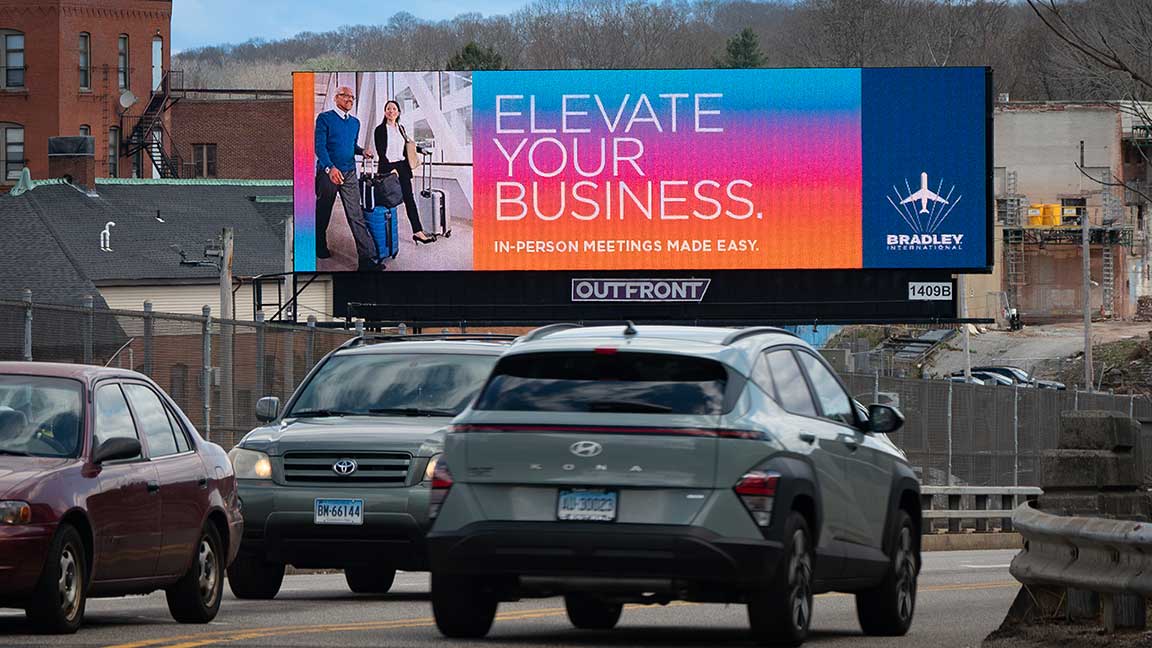
Are programmatic DOOH campaigns more efficient?
That’s the beauty of it! Your campaign is centered around your intended audience, not tied to a physical location. It’s what we call impression-based buying. It’s the difference between saying “I want to be on this billboard for four weeks” and “I want to make 100,000 impressions with cat owners aged 35-44.” Your ads can go wherever your audience does instead of staying in one place and hoping that they pass by, making each impression count more.
What kinds of DOOH inventory can I buy programmatically?
Just about any kind of DOOH inventory is available programmatically! In addition to roadside billboards, there’s transit media inventory like Liveboards on rail and subway platforms and digital shelters along busy bus routes. You can use programmatic to buy place-based inventory (think gas stations, office buildings, and gyms), lifestyle centers, retail media, and even Times Square digital spectaculars!
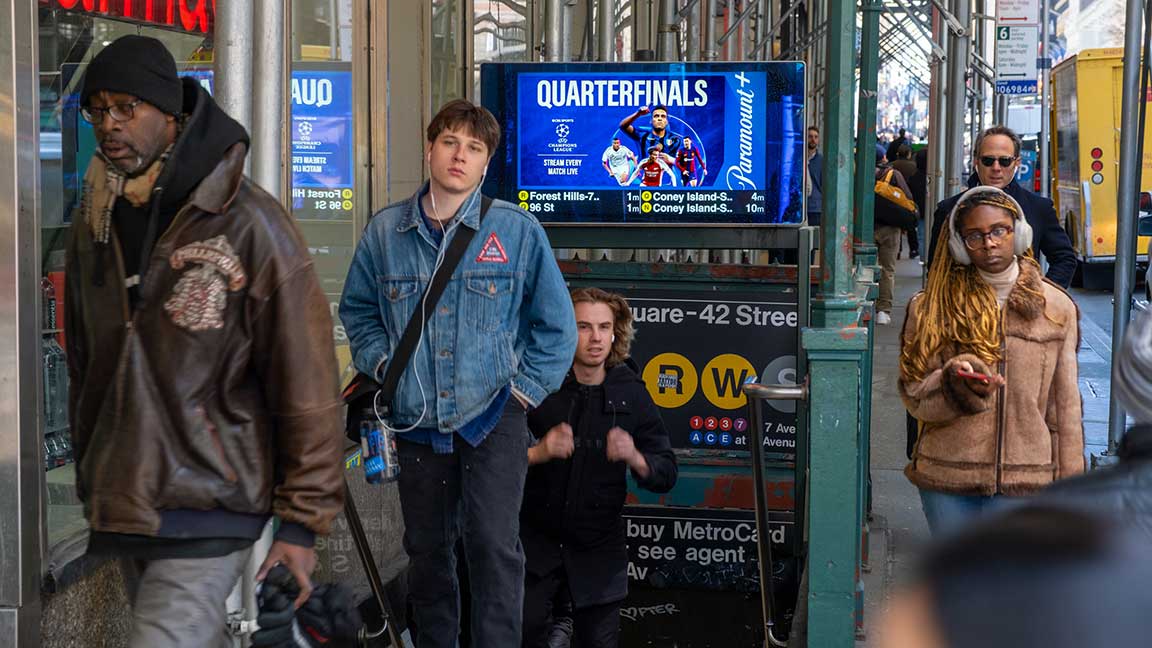
Can I use dynamic creative with programmatic DOOH?
To paraphrase Walt Disney, if you can dream it, you can DOOH it! Programmatic DOOH campaigns can incorporate real-time data like sports scores, progressive jackpots, new products, daily specials, or flash deals. They can also use factors such as traffic, weather, or time of day to trigger different variants of the creative. By executing contextual relevance through programmatic digital out of home, advertisers can increase recall, brand affinity, and intent to buy (SOURCE: IAS).
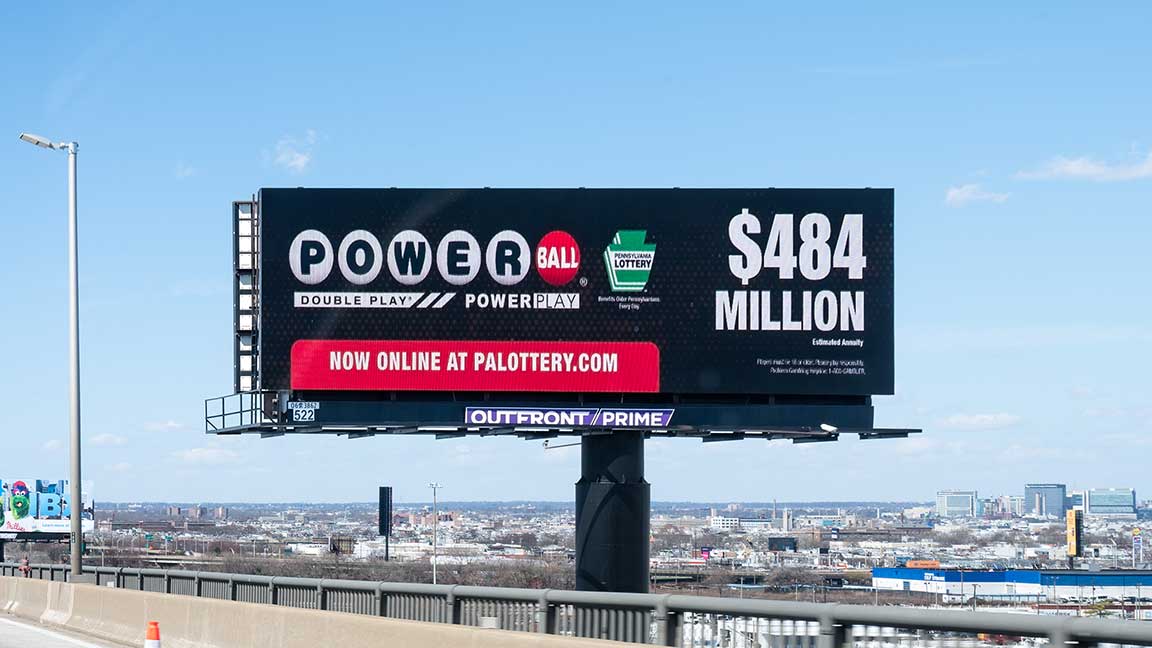
What are the pros and cons of buying programmatically instead of direct?
Programmatic DOOH offers greater flexibility, more control, faster speed to market, sophisticated audience targeting, and the ease of centralized management for multiple campaigns. But while a campaign defined by impressions rather than time is more precise and efficient, it’s also more variable, meaning that if you absolutely need your ad to run in a specific time or on a specific screen, rather than across a pool of available inventory, direct buy is a better option. And of course, if you want a classic vinyl billboard, a hand-painted wallscape, or another traditional static format, direct buy is your only option.
What kinds of digital transit media are available programmatically, and where?
In New York City, you can run programmatic campaigns on all the Liveboards, Digital Urban Panels, and Video Urban Panels throughout the entire MTA system are available programmatically, including the subway, the Long Island Rail Road, Metro-North, and Grand Central Terminal. Soon we’ll add in-car formats like Livecard MAX to the list.
Liveboards are also available programmatically on the Metro in D.C. (WMATA), in the San Francisco Bay Area (Caltrain/BART/Muni), and the “T” in Boston (MBTA).
We also offer programmatic availability on street-level Digital Shelters in West Hollywood, Miami Beach, Las Vegas, and Atlanta, which reach bus riders, pedestrians, and drivers alike.
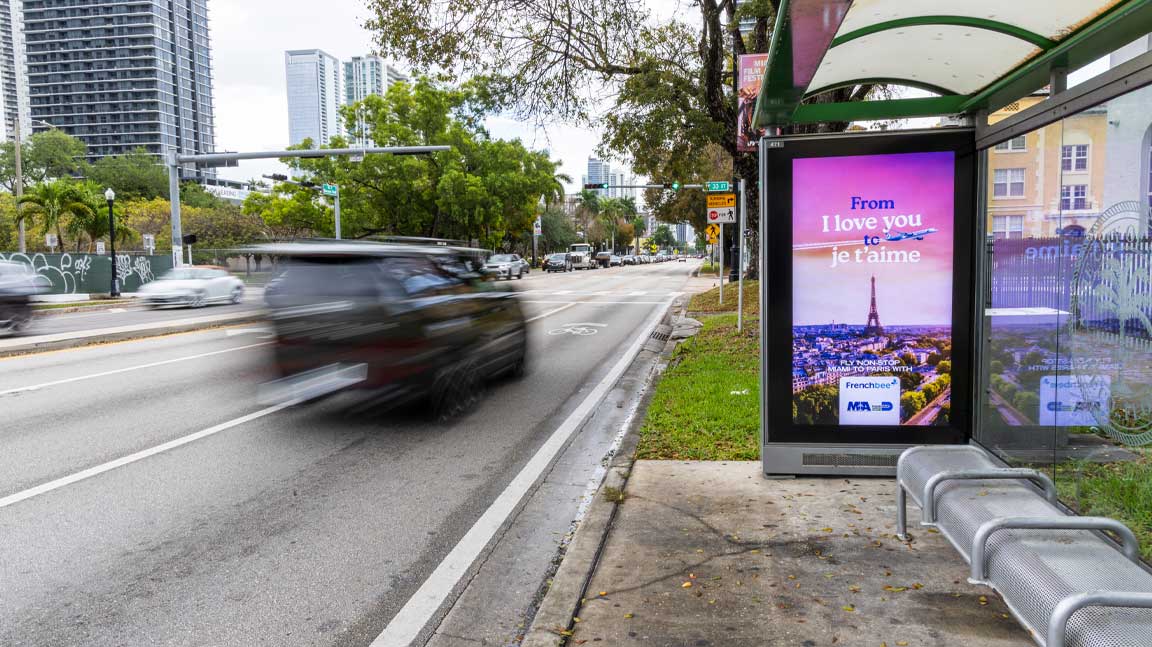
What about Times Square? Can I buy Times Square billboards programmatically?
Yes, you can! There is one caveat: as mentioned earlier, programmatic ads do not run at a specified time or place. That means the board you want on the day you want may sell out to direct-buy advertisers exclusively. Therefore, buying Times Square billboards programmatically is best suited for campaigns whose flights are weeks in length, so that impressions can be spread out on days with available inventory.
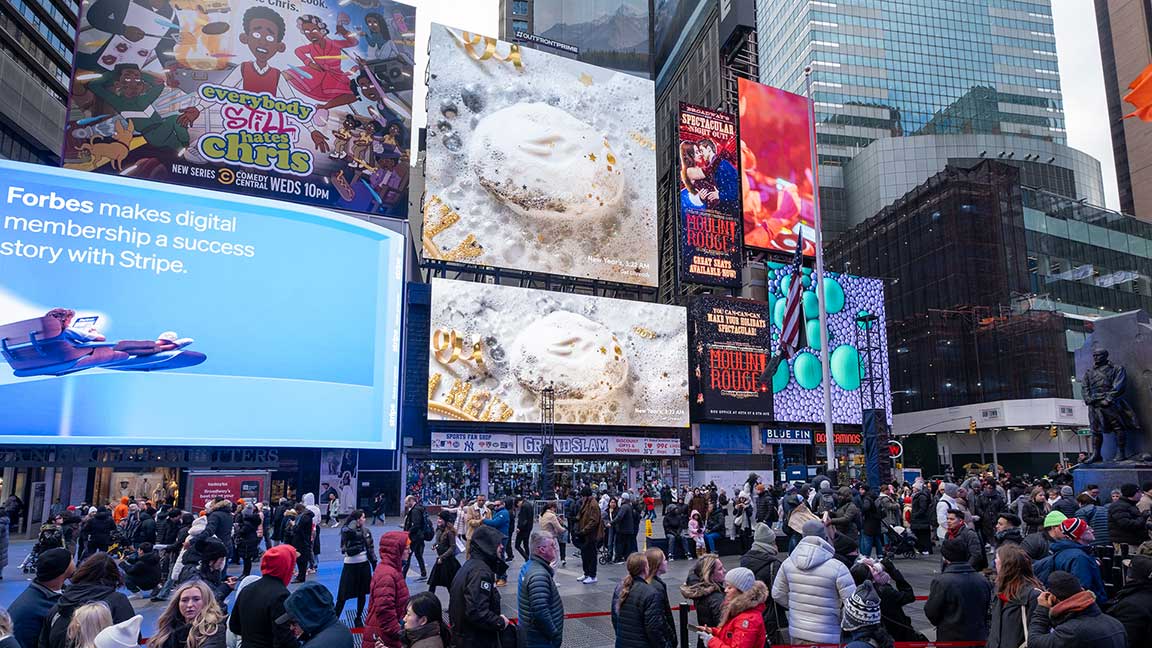
What types of measurement and attribution can programmatic DOOH campaigns support?
We can measure brand lift, sales lift, prescription lift, foot traffic, website visitation, and more. Out of home’s attribution capabilities have never been stronger!
How does programmatic DOOH fit into the customer journey?
Though it’s often thought of solely as a brand awareness play, programmatic DOOH makes an impact all the way down the funnel, also positively affecting recall, consideration, and intent. Data-fueled dynamic creative can even give consumers directions to the nearest brick-and-mortar location. Digital out of home’s last-mile effect is a powerful one: 51% of the consumers who’ve noticed DOOH with directions visited the business advertised and 93% of those who visited the business made a purchase (SOURCE: The Harris Poll).
Okay, I’m convinced. Let’s DOOH it. Programmatically.
That’s the spirit! Contact OUTFRONT today.
Author: Jay Fenster, Marketing Manager @ OUTFRONT
Links to third-party content are not endorsed by OUTFRONT Media. Past performance may not be indicative of future results. OUTFRONT does not guarantee specific results or outcomes.
Relevant OOH Content Straight To Your Inbox
Essential out of home insights, trends, and success stories. Delivered weekly.
